International Women’s Day in Canberra
March 24, 2023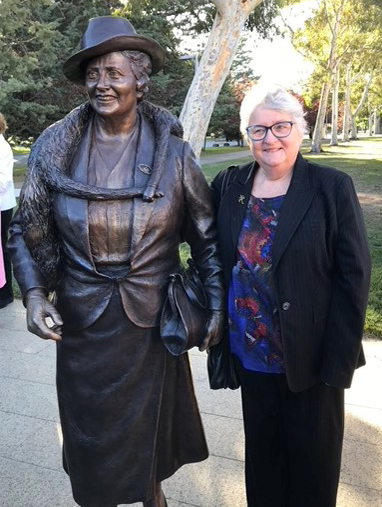
On International Women’s Day (8 March), I was fortunate to be invited to the unveiling of the statues of the first two women to enter federal parliament 80 years ago in 1943. The two women were Dame Dorothy Tangney from Western Australia who entered the Senate, and my grandmother Dame Enid Lyons from Tasmania who entered the House of Representatives. Dame Enid Lyons became the first woman in cabinet.
At the time of entering parliament, my grandmother had 11 children, five of whom were still in boarding school. As the wife of Joe Lyons, Tasmanian Premier and tenth Prime Minister (1932-1939), my grandmother was familiar with politics, having stood for the Tasmanian Parliament with her mother in the 1920s and having been involved in campaigning with her husband. In her maiden speech she had observed that a woman in the public sphere must “justify herself not as a woman, but as a citizen”. [1]
JJAMM (Joseph, Julian and Mary MacKillop) 2023
March 23, 2023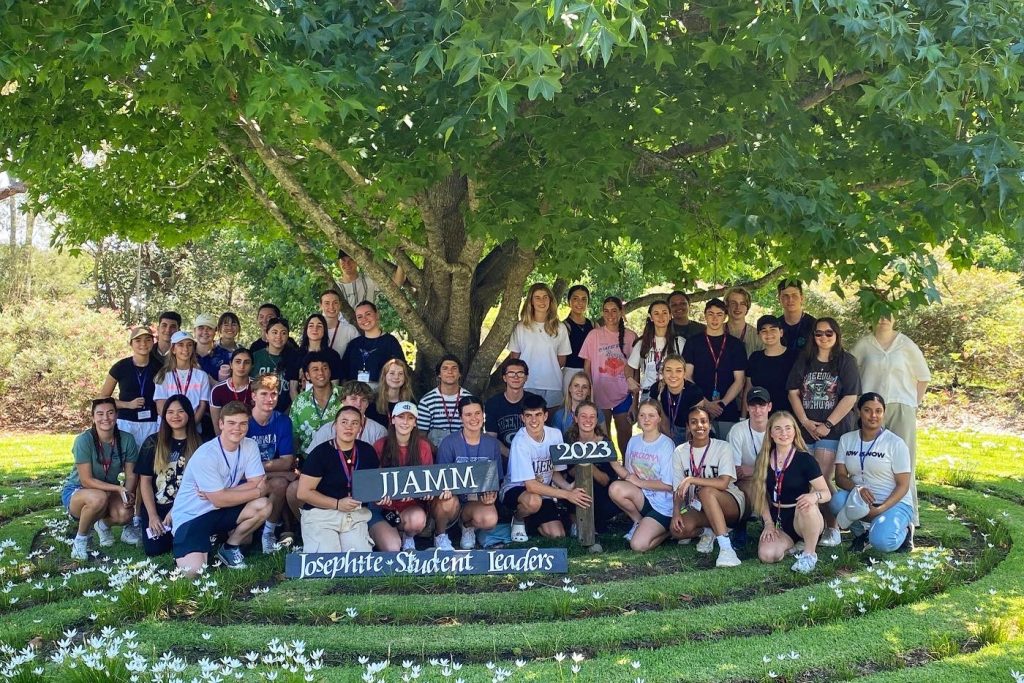
And that’s a wrap on JJAMM 2023! What a fun, empowering, and faith-filled ride it was. Our Josephite student leaders journeyed across Australia and New Zealand to join forces in their collective pursuit for justice in the name of the Josephite tradition. It was a privilege to watch these gifted and insightful young leaders reinvigorate the dormant light within them and channel their newly kindled charism into the world of social justice.
As we laughed, dreamed, learned, prayed, strategised, and JJAMM-ed together, we truly felt the spirit of St Joseph, Fr Julian Tenison Woods, and St Mary MacKillop with us. The days we shared with each other not only enriched our understanding of what it means to be a creative, vision forward Josephite leader, but highlighted the importance of connection within community to achieve our just visions.
Celebrating Lent at Mount St Joseph’s College
March 22, 2023

In preparation for Ash Wednesday (22 February), the Mount St Joseph Girls’ College (MSJ) community in Victoria, hosted a ‘Burning of Palms Ceremony’ with Fr John Healy from Holy Trinity Parish.
Fr John spoke about the meaning and rich symbolism of palm branches and their connection to Ash Wednesday. He explained that they remind us of the palms laid to cover Jesus’ path as he arrived in Jerusalem, just before he was crucified.
Feast of Saint Joseph 2023
March 17, 2023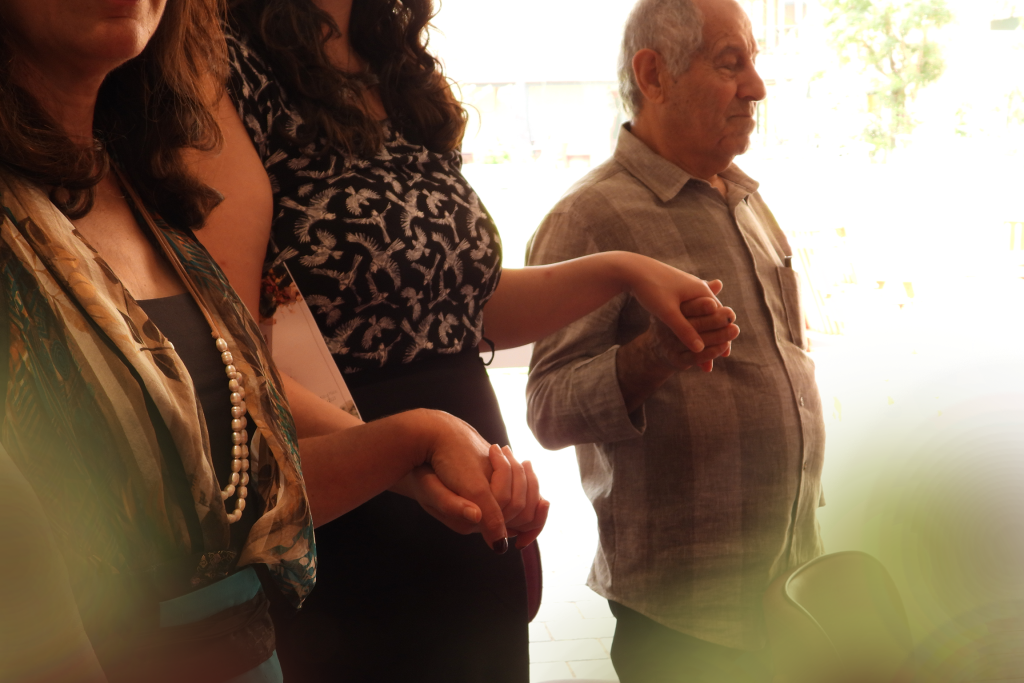
Greetings on the feast of Saint Joseph.
Currently, the Church worldwide is engaging in the Continental Phase for the Synod on Synodality. As Patron of the Universal Church, we might pause to reflect on the spirit of Synodality in the life of St Joseph.
The word ‘synodality’ means ‘walking together’. Through the Gospel stories, we see and recognise that Mary and Joseph walked together through all that confronted them – on journeys to Bethlehem, Egypt and to Nazareth. They listened deeply to all that was happening around them: the need to participate in the census, to be confronted with the reality of ‘no room in the inn’, and the insights gained through the visit of the shepherds and the magi.
Celebrating Saint Patrick’s Day
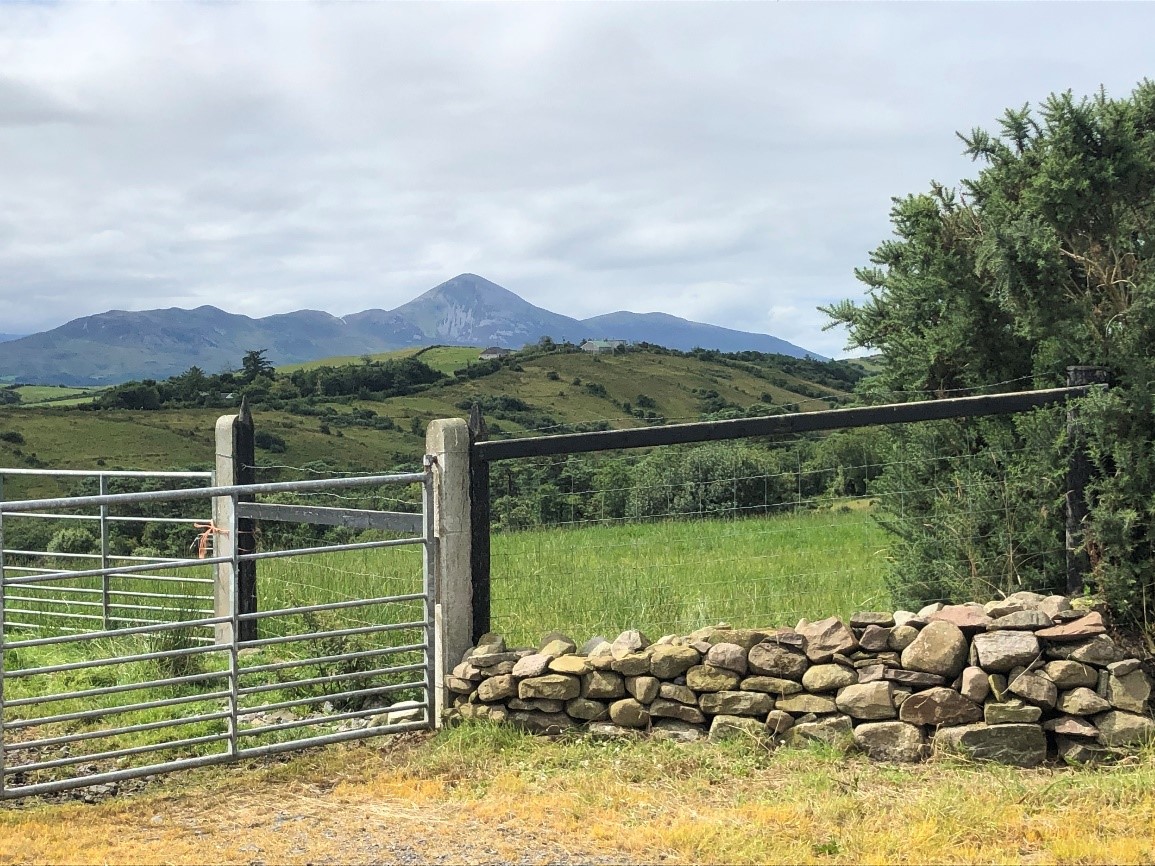
This St Patrick’s Day (17 March) we celebrate the Irish Sisters of Saint Joseph who have been part of the story of the Congregation since its beginnings.
As early as 1871 there were 78 Irish Sisters in the group of 137 Josephites. Some of these Irish women immigrated to Australia with their families and others travelled alone.
MacKa Moments for Lent
March 8, 2023
MacKa Moments (MacKa short for Mary MacKillop) are short, candid videos about moments in Mary MacKillop’s life by Sr Rita Malavisi.
For the season of Lent, Sr Rita will create and share MacKa Moments and release them weekly.
International Women’s Day – Reflections Across Generations
March 2, 2023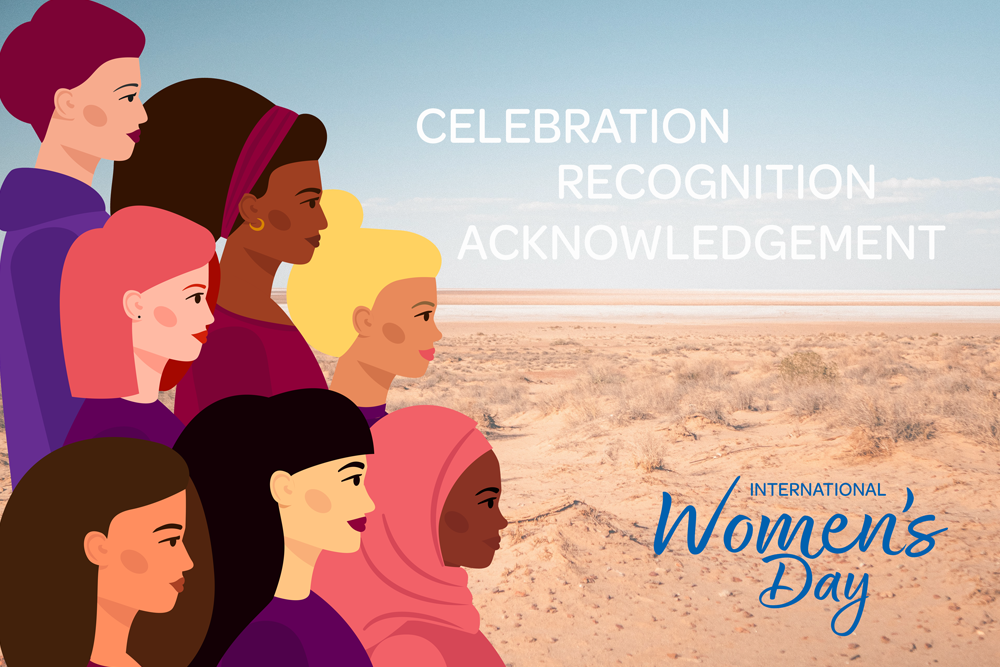
International Women’s Day, celebrated on 8 March throughout the world, honours and recognises the achievements and contributions of all women.
This year, the theme Cracking the code: Innovation for a gender equal future, focuses on the role of innovation in the advancement of gender equality and the empowerment of women.
World Day of Prayer 2023

The movement aims to bring together women of various races, cultures and traditions in a yearly common Day of Prayer, as well as in closer fellowship, understanding and action throughout the year. In 2023, Taiwan is the particular focus.
Prayer is a powerful way of connecting with others for love, healing and compassion. Recently I was anxious about my infant grandniece who was undergoing a serious operation that could affect the rest of her life. Being too far away to be with the parents and child, I lit a candle and sent them blessings and prayers by phone. Their delight and gratitude were tangible.
While the allegory for the chaos theory is simplified with this saying that a small butterfly flapping its wings could, hypothetically, cause a typhoon, its application demonstrates how the universe is deeply interconnected. That a small faithful whisper of love, kindness, compassion or blessing can reach around all corners, countries and oceans is a phenomenon. Prayer is really powerful.
